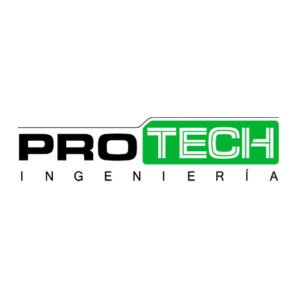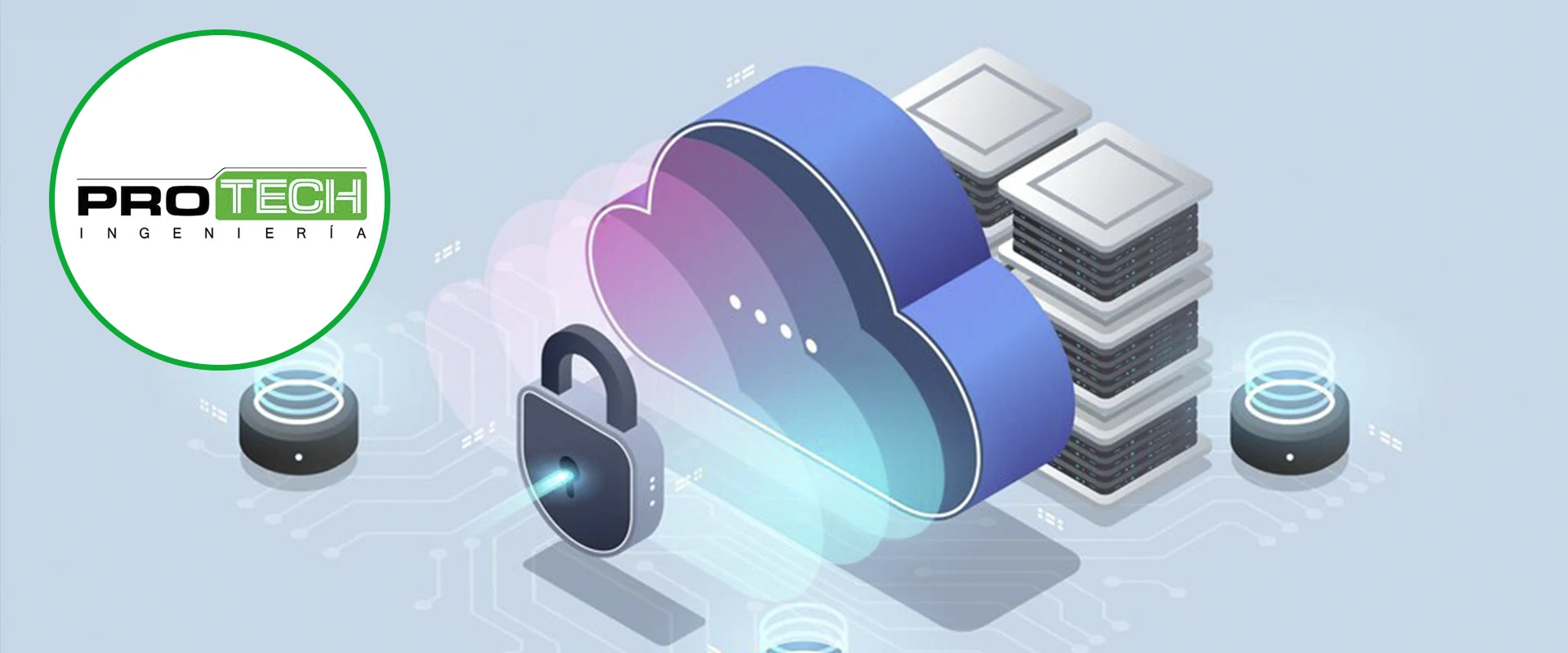The correct organization of documents is essential for the proper functioning of any company. The generation of documents within organizations requires, by itself, regulation, supervision and mainly planning in the different administrative procedures.
This is the focus of the 8 steps for proper document management in the archive. Take note, as we will provide you with the fundamentals necessary to carry out an efficient organization.
Document management procedures are fundamental to ensure the correct organization of documents, guaranteeing their access and preservation. These measures not only contribute to operational efficiency, but are also key to the exponential development of companies, optimizing resources and aligning with legal regulations. Below, we show you how to achieve a correct organization of documents in your company.
Needs analysis and initial planning
The first step for a correct document organization is to analyze the company's specific needs in terms of document management. This involves identifying what type of documents are managed, how they should be classified, and what objectives should be met with the organization of information. On this basis, a strategic plan is developed to guide the entire document management process.
2. Design and establishment of classification standards
Once the planning is done, the next step is to define the classification rules. Establishing a system of categories or classifications is vital for the organization of documents to be consistent and accessible. Documents should be classified according to their importance, use and the life cycle they will follow within the company. This can include categories such as legal documents, financial documents, customer documents, among others.
3. Implementation of a document management system
For a correct organization of documents, a standardized document management system must be implemented. A good system facilitates document search and archiving. Implementing a document management solution that allows documents to be digitized and stored securely is crucial. In addition, these platforms must have advanced search functionalities to make it easier to find documents quickly, such as full-text search, tags and filters.
4. Staff training and awareness
The correct organization of documents is not only the responsibility of the management system, but also of the personnel who use it. It is essential to train all employees in the best filing and classification practices, making sure they understand the importance of following the established rules. A well-trained team guarantees the effectiveness of the document management system.
5. Procedure for the transfer of documents
An essential part of document organization is the process of transferring documents between different stages of their life cycle. Documents must be transferred in an organized manner from creation to final storage, whether in physical or digital format. This step must follow specific procedures that ensure the integrity of the information and its continuous access.
6. Documentary evaluation and assessment
Document evaluation is another key step in the proper organization of documents. Over time, some documents lose their relevance or value. Therefore, it is important to establish a document appraisal system that determines which documents should be kept and which can be eliminated. This process should be carried out periodically to keep the system updated and efficient.
7. Preservation and long-term storage
The last step in the proper organization of documents is long-term preservation. Documents containing critical information must be preserved under conditions that guarantee their integrity over time. This includes the use of appropriate storage technologies, such as secure servers, backup copies and digital archiving systems that ensure the future availability of the information.
Benefits of proper document organization
Proper document organization not only improves the internal efficiency of companies, but also facilitates regulatory compliance, reduces operational risks and optimizes decision-making based on accessible and reliable data.
Additional Resources
-
Why is digitization important in document management?
Find out more about the impact of digital solutions in document management here.
-
What is document indexing and why is it essential?
Learn how this practice complements document organization in this related article.
Proper document organization is a comprehensive process that requires planning, technology and well-defined strategies. By following these 7 steps, companies can ensure efficient information management, comply with legal regulations and optimize their daily operations.
Choosing the right tool for document organization is crucial to achieve efficient and effective document management. Carefully evaluate your company's needs, the features of the available tools and make sure you have the necessary support to implement and maintain the system.

How to choose the best tool for document organization
When undertaking the process of organizing documents in your company, it is crucial to have the right tools. The right choice of a document management system can make the difference between an efficient and an inefficient organization. Here are some key recommendations for choosing the best tool for each stage of the organization process:
Assessment of your company's needs
Before choosing a document management tool, perform a thorough analysis of your company's needs. Consider factors such as the volume of documents, the type of information you manage and the legal regulations you must comply with. This will allow you to select a tool that suits your specific needs.
- Essential features of document management tools
Some features to look for in a document management tool include:
Advanced search capabilities:
Look for solutions that allow searching by full text, tags, dates or authors, which makes it easier to quickly locate documents.
Ease of use:
The interface must be intuitive and easy to use for employees, minimizing training time and management errors.
Security:
Ensure that the tool has advanced security measures, such as encryption and access control, to protect sensitive information.
- Integration with other solutions
A document management tool should not work in isolation. It should be able to integrate with other solutions you already use in your company, such as enterprise resource planning (ERP) systems, cloud storage platforms and accounting software. This ensures a seamless integration of information and avoids duplication of efforts.
- Scalability
As your business grows, so will the volume of documents you manage. It is important to select a tool that can easily scale as your business grows, without compromising performance or functionality.
- Support and training
Opt for a tool that offers reliable technical support and training options for your employees. Good support service is essential to solve problems quickly and ensure that the system runs smoothly.
Transform your business today!
If you are looking to implement an effective document management system, do not hesitate to contact us for advice every step of the way!








